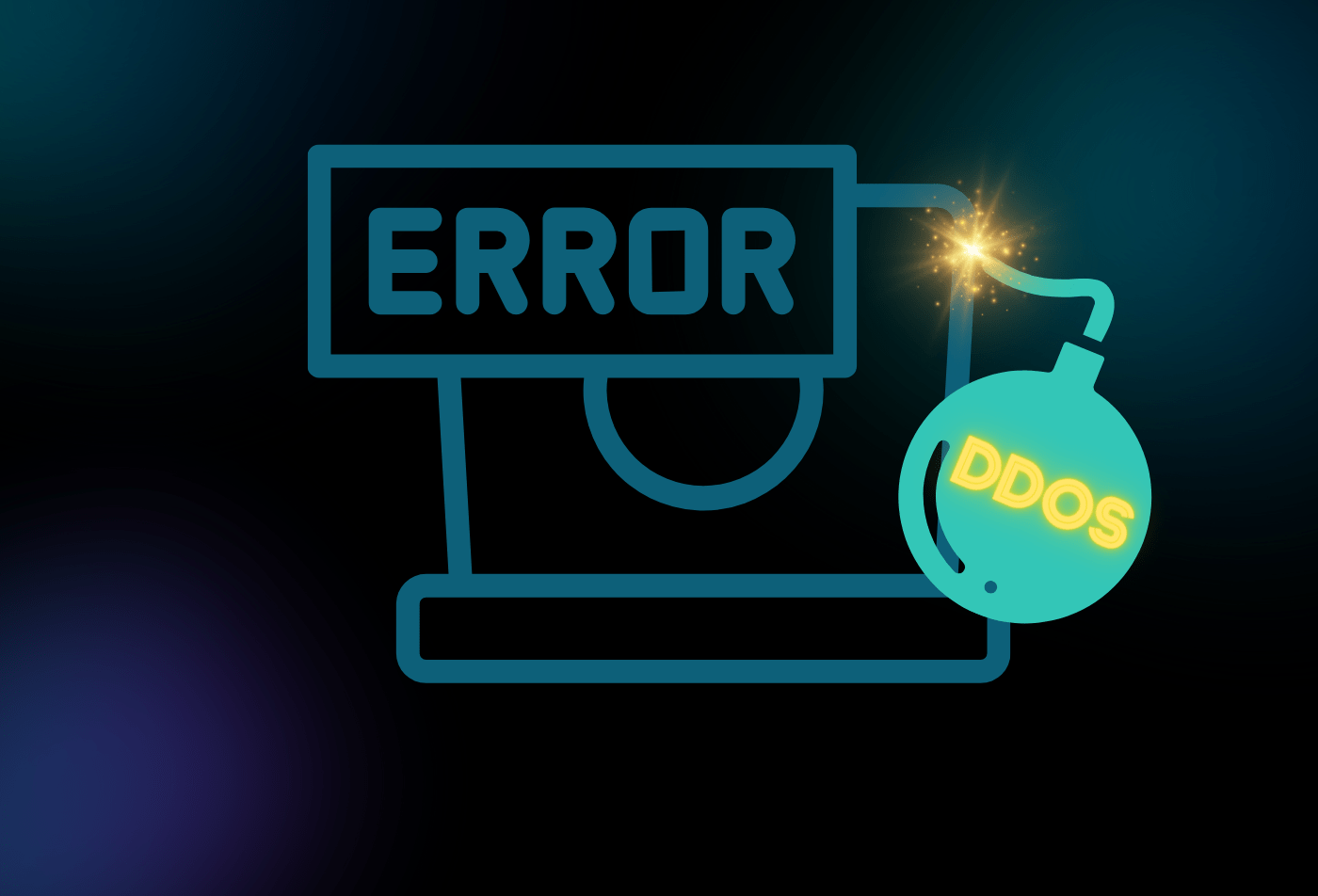Streamlining Security Data Management: A Comprehensive Guide for Enhanced Cybersecurity

In the digital age, effective security data management and architecture are vital for maximizing the benefits of security data with minimal investment. Security telemetry data, essential for compliance, daily security operations, threat hunting, and incident response, is becoming increasingly complex to manage. Chief Information Security Officers (CISOs) face the challenge of not only managing this data but doing so in a cost-effective manner. Below, we explore best practices and strategies for improving security data management, ensuring organizations can leverage their data effectively.
Embracing Normalization and Correlation
The diverse sources of security data, from system logs and security monitoring telemetry to internal and external threat intelligence, pose significant challenges in data management. Normalizing and correlating this data to ensure consistency and query-ability across various sources is crucial. This process requires a thoughtful approach to integration and compatibility with existing systems to prevent inefficiencies and security gaps.
Establishing Standard Field Schemes
To enhance data usability, security teams should implement a standardized field scheme for all log data, defining essential fields like timestamps, source and destination IPs, user identities, and actions taken. This standardization facilitates easier data correlation and analysis, aiding in the detection and investigation processes.
Leveraging AI and Data Science for Detection
While prebuilt AI detection rules are valuable, they may not fully address an organization’s unique threat landscape. Custom detection rules tailored to specific environments and risks can significantly improve threat detection precision. Moreover, understanding the data lineage of AI models is critical for ensuring reliable AI-backed correlations.
Evaluating Data Sources and Costs
Choosing high-quality data sources is essential for effective security analysis without incurring unnecessary costs. Security teams must evaluate data sources with purpose, prioritizing those that offer the most significant value and align with the organization’s objectives.
Cutting Through the Noise
Identifying and eliminating “garbage data” that doesn’t contribute to meaningful security outcomes is a key step in efficient data management. Focusing on high-fidelity data sources ensures that security teams can concentrate on actionable insights rather than being overwhelmed by irrelevant information.
Integrating Data Science Expertise
Combining security analysis with data science expertise is increasingly necessary for effective security operations. Whether through hiring, training, or collaboration, bridging the gap between these disciplines enhances the ability to select relevant data sources and develop effective detection content.
Decoupling Data for Greater Flexibility
Moving away from the traditional consolidation narrative, security strategies now emphasize decoupling analytics, data, and detection components for greater flexibility. This approach allows for more agile adjustments to the security architecture as needs evolve.
Utilizing Security Data Lakes
Security data lakes offer a cost-effective solution for flexible data storage and analysis. By providing a centralized repository for unstructured security data, organizations can quickly ingest new sources and develop integrated security analytics capabilities without significant infrastructure changes.
Future-Proofing Security Analytics
Anticipating future data source needs is essential for long-term security analytics success. Choosing flexible and adaptable tools and platforms ensures that organizations can integrate new security controls and data sources as they emerge, without frequent overhauls.
Conclusion
Effective security data management is a multifaceted challenge requiring strategic planning, technological integration, and continuous evaluation. By adopting these best practices, organizations can enhance their cybersecurity posture, ensuring that they are well-equipped to manage and analyze security data efficiently. As the digital landscape evolves, so too must the approaches to security data management, always with an eye toward future developments and challenges.



